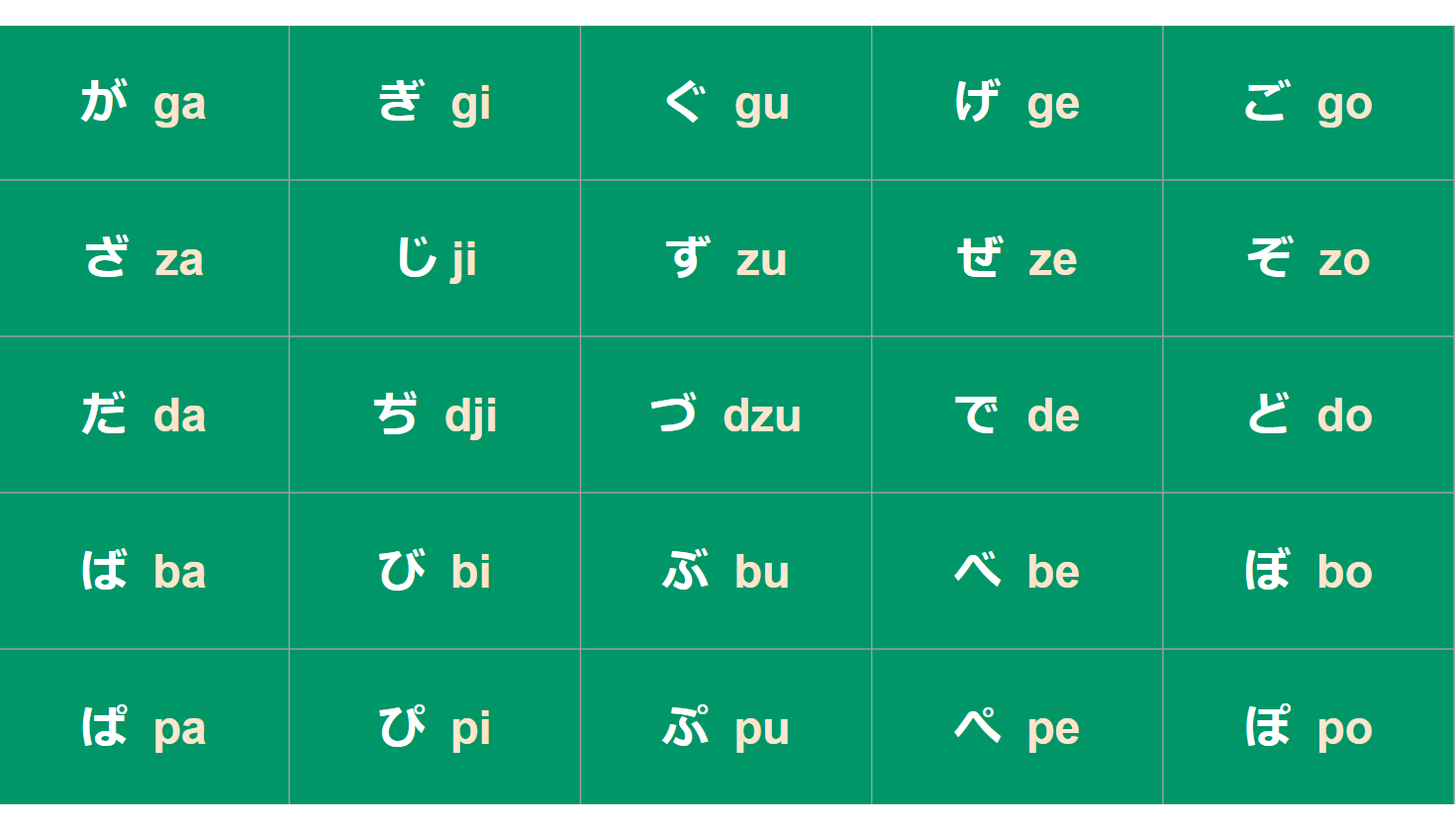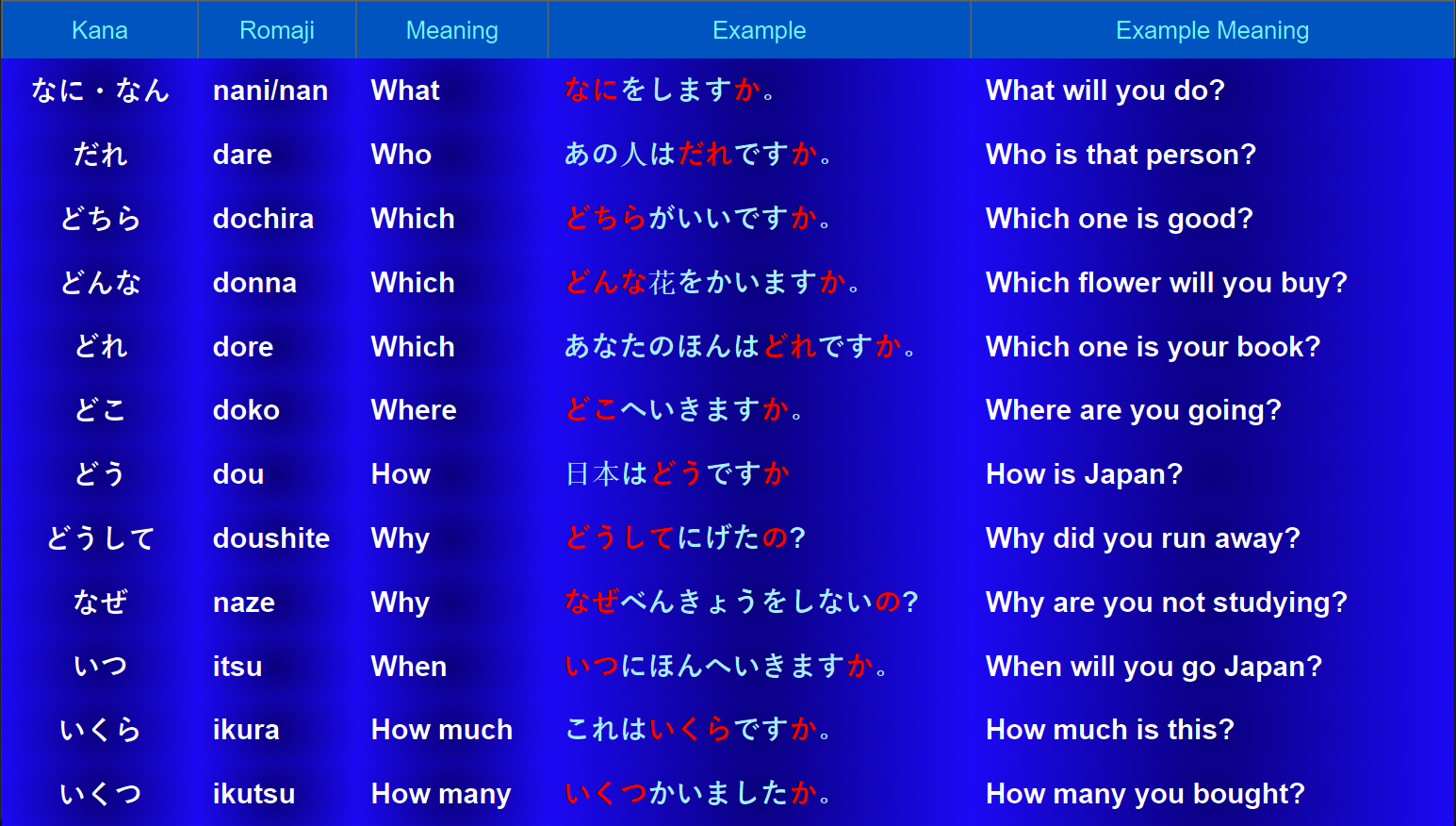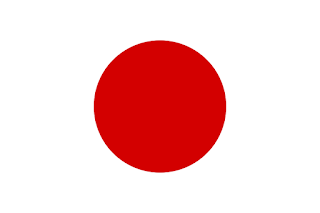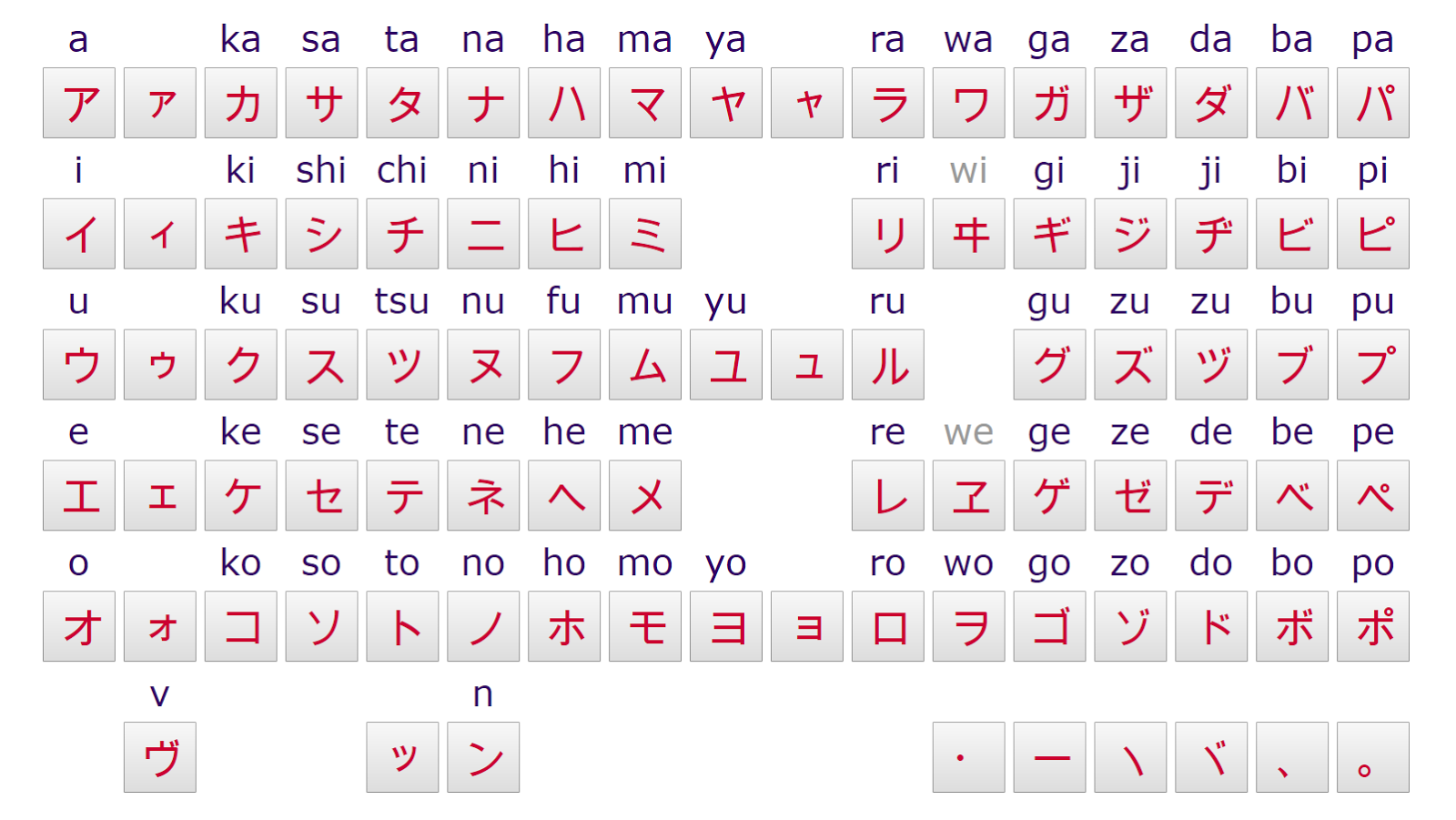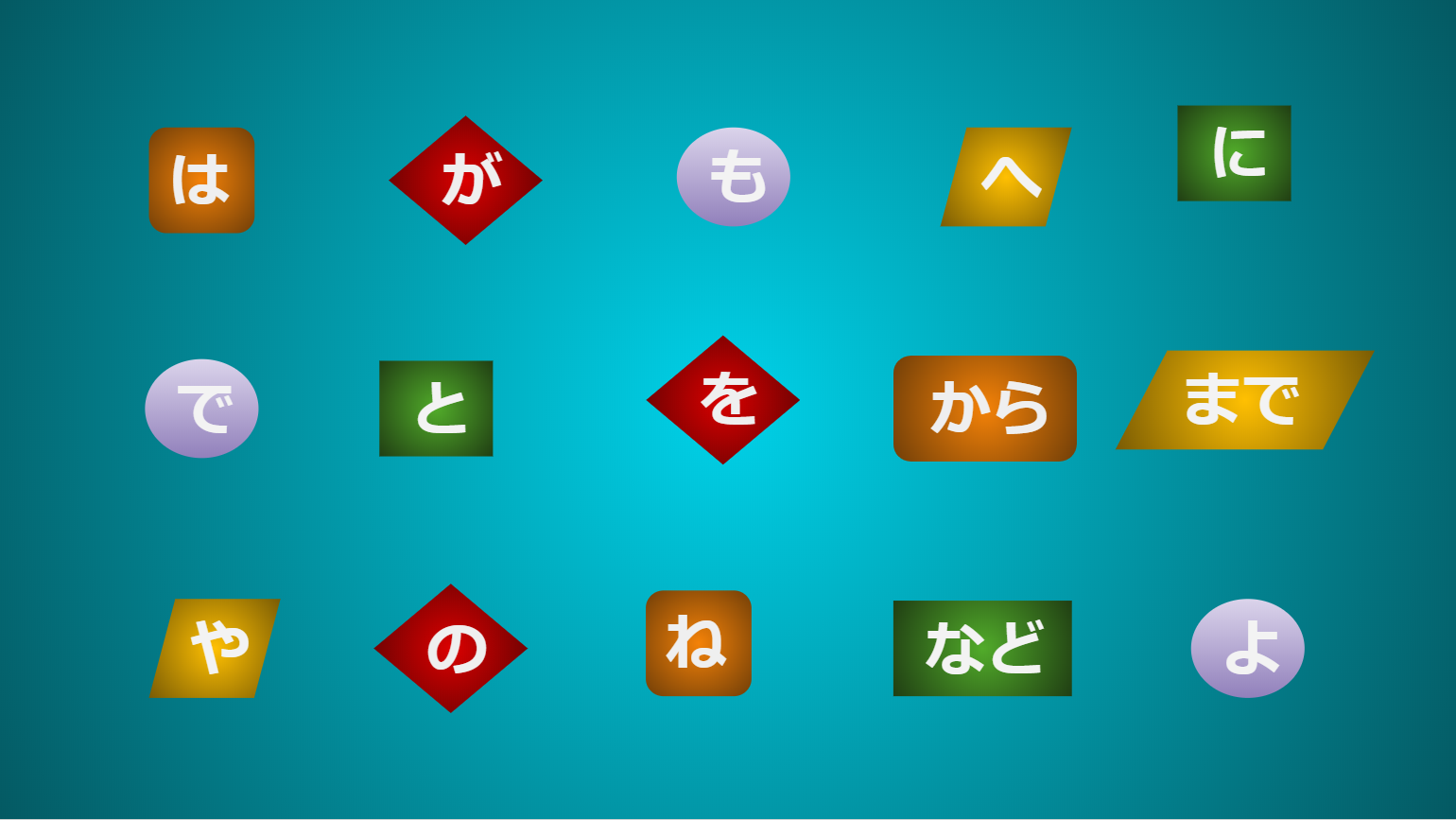JLPT N5 Lesson 19: Counting and Counter Words

Counting in Japanese In the above picture, it is shown how to count from 1 to 20 in Japanese. Now we will see how to count upto 10000 easily by following some pattern. 1st pattern is, ten (10) is じゅう (juu), twenty(20) is にじゅう (ni-juu), thirty(30) is さんじゅう (san-juu) and so on up to ninety (90). And the 2nd pattern is, for example, ten (10) is じゅう (juu), eleven (11) is じゅういち (juu-ichi), twelve (12) is じゅうに (juu-ni). Using the same pattern with Twenty which is にじゅう (ni-juu), we can make twenty one = にじゅういち (ni-juu-ichi), twenty two = にじゅうに (ni-juu-ni), twenty three = にじゅうさん (ni-juu-san) and so on. Now let us count 100 and above. 100 = 百 [ひゃく] 200 = 二百 [にひゃく] 300 = 三百 [さんびゃく] 400 = 四百 [よんひゃく] 500 = 五百 [ごひゃく] 600 = 六百 [ろっぴゃく] 700 = 七百 [ななひゃく] 800 = 八百 [はっぴゃく] 900 = 九百 [きゅうひゃく] 1000 = 千 [せん] 2000 = 二千 [にせん] 3000 = 三千 [さんぜん] 4000 = 四千 [よんせん] 5000 = 五千 [ごせん] 6000 = 六千 [ろくせん] 7000 = 七千 [ななせん] 8000 = 八千 [はっせん] 9000 = 九千 [きゅうせん] 10000 = 一万 [いちまん] Now let us count some...



